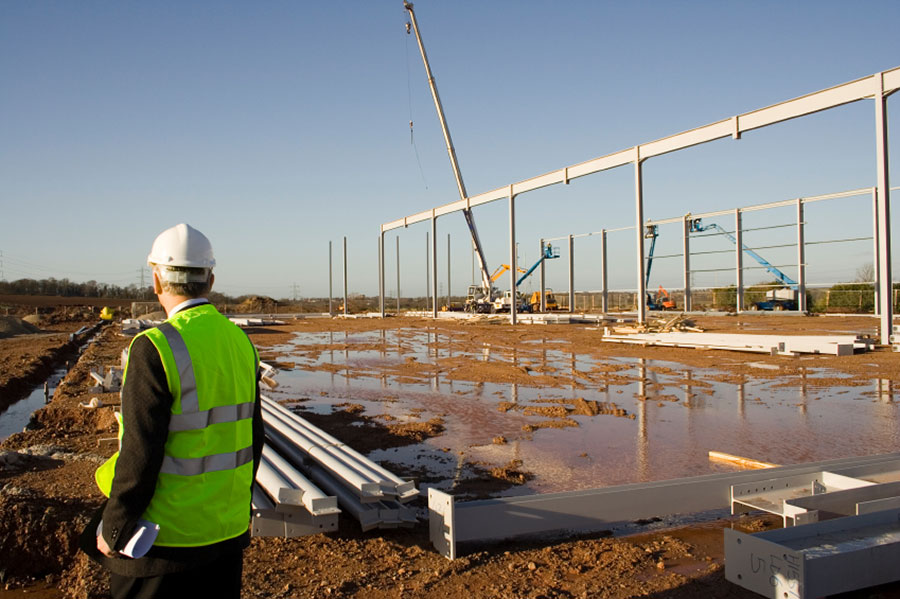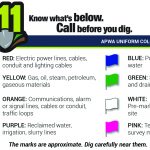
EPA to Regulate Water Pollution on Construction Sites
On December 1, 2009, the U.S. Environmental Protection Agency (EPA) published effluent limitations guidelines and new source performance standards to control the discharge of pollutants from construction sites. Construction site owners must monitor, report and comply with this final rule set by EPA to help reduce water pollution from their construction sites.
Construction activities, like clearing, excavating and grading, can significantly disturb soil and sediment. If that soil is not managed correctly it can easily be washed off of the construction site during storms and pollute nearby water bodies. The rule requires certain construction site owners and operators to sample stormwater discharges and comply with a numeric standard for the pollutant turbidity in these discharges. The limitation is 280 NTU (nephelometric turbidity units). This is the first time that EPA has imposed national monitoring requirements and enforceable numeric limitations on construction site stormwater discharges.
The regulation is effective on February 1, 2010. After this date, all permits issued by EPA or states must incorporate the final rule requirements. Beginning on August 1, 2011 all sites that disturb 20 or more acres of land at one time are required to comply with the turbidity limitation. On February 2, 2014 the limitation applies to all construction sites disturbing 10 or more acres of land at one time.
The benefits from lessening discharges of sediment and turbidity include enhanced water clarity, safe-guarding our drinking water supplies, improvements in water environments, and it can also reduce the need for dredging navigational channels and reservoirs.
This information is provided as a service to you by Compliance Consultants, Inc.



